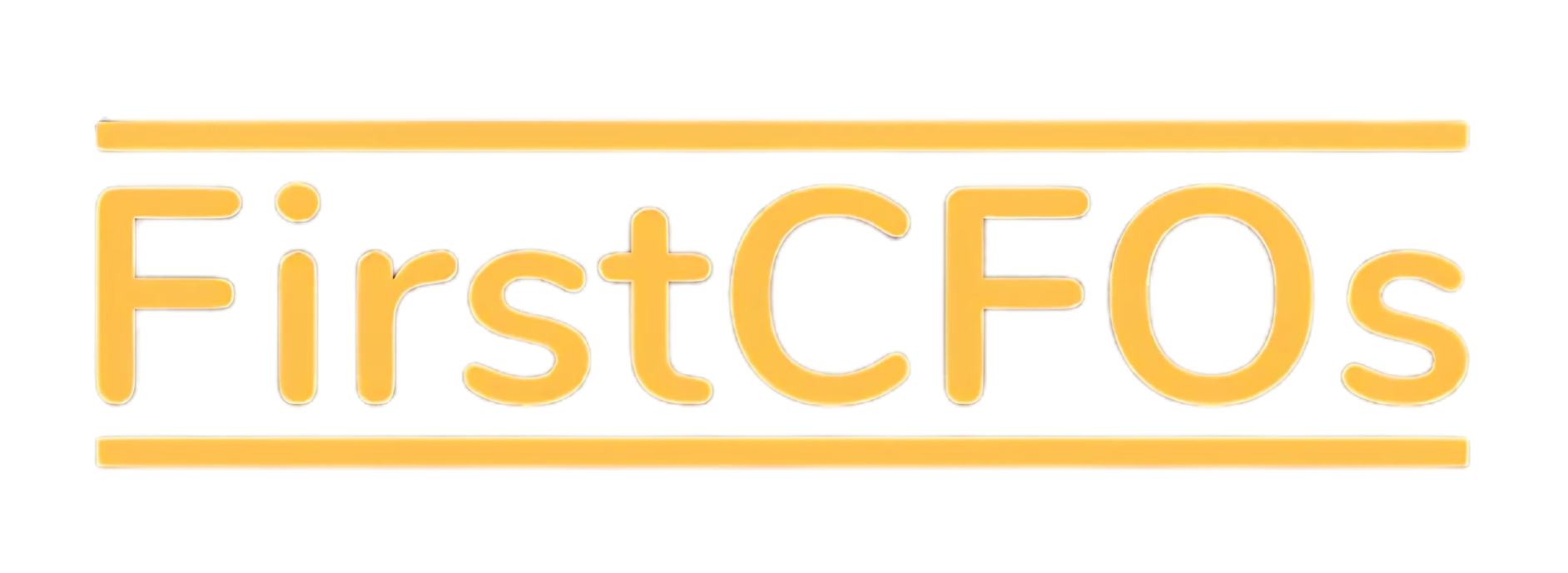Table of Contents
ESOP can mean “Employee Stock OwnershipPlan” or “Employee Stock Option Plan”. Although in the Indian context it is generally used in the option sense.
Louis Orth Kelso was an American lawyer and economist accredited with the invention of employee stock ownership plans. Such was the impact of his invention that he was considered by many to be ahead of his time.
The first employee stock ownership plan was put into effect by Kelso in 1956 to enable the employees of Peninsula Newspapers Inc. in Palo Alto, Calif., to buy the newspaper chain.
In 1958 Kelso along with his co-author Mortimer J. Adler, explained the macro-economic theory behind employee stock options in his book “The Capitalist Manifesto”. Kelso and Mortimer pointed out that democracy cannot flourish under all economic conditions. Men cannot exercise freedom in the political sphere when they are deprived of economic freedom. Economic freedom can be achieved only if a person is not a slave. A person who has no property beyond his labour-power is also a slave. A slave works for the profit of other men and has no economic independence i.e he is dependent for subsistence on the will of another man and does not have freedom from toil or freedom for leisure. Even after the introduction of democracy, most people would fall under the meaning of slaves since the stock ownership is compressed in the hands of very few. A worker is economically dependent on the company he works for and does not enjoy freedom for leisure. Kelso advocated the use of Employee Stock Ownership plans (ESOP) to democratize access to capital, diffuse ownership of corporates, and save people from Economic Slavery in the corporate world.
Years later ESOP continues to be relevant in corporate world but more so in the startup industry.
How and when the word “ownership” was replaced in some industries by “options” is a mystery. In Employee ownership plan the employees are granted shares upfront and no option is attached. In Employee option plan there is a “call” option available to employees at end of a vesting period. This replacement of option with ownership is quiet intelligent since it captures the very essence of a carrot and stick approach. The Carrot being grant of company stock and the stick is for employees to give their best in employment for a period of time to the company and other qualifying conditions -( discussed later).
Over the years I have explained the concept to many founders and still keep getting the same questions. So this blog will help any company owner of startup founder to know the basics of this ESOP phenomenon as a starting point for successful implementation of the ESOP programme. To keep things simple and fast I have given below a series of questions and answers based on my experience in this area.
Q: What is an Employee Stock ownership plan?
A: An Employee Stock Ownership Plan (ESOP) is a program that allows employees to become owners of shares in their employing company.
Here’s a basic rundown:
- Company Contribution: Instead of the employee purchasing stock, the company contributes shares of its own stock or money to buy shares to the ESOP trust for the benefit of the employees.
- Vesting: Employees gradually earn the right to the shares allocated to them over a period, known as the vesting period. This could range from immediate vesting to several years.
- Ownership: Employees receive their shares upon leaving the company, often in the form of company stock or as cash after the company buys back the shares.
Q: What is an employee stock option plan?
An Employee Stock Option Plan (ESOP) is a program that gives employees the option to purchase company stock at a set price after a certain period of time. It’s a way for companies to reward and incentivize their employees by offering them a stake in the company’s success.
The main benefits of ESOPs include:
- Aligning Interests: Employees become shareholders, aligning their interests with those of the company and other shareholders.
- Incentivizing Performance: Employees are motivated to work harder and contribute to the company’s growth, as they stand to gain financially if the company’s stock price increases.
- Retention Tool: ESOPs can help companies retain talented employees by providing them with a long-term financial incentive.
Q: How do I know whether ESO(ownership)P or ESO(option)P is good for my company? Should I really be going for this?
A: This can be explained with any example : Lets say your company is a contract manufacturer -with no specialised technology. Chances are that for such company it will be difficult to find any investors at all. Without a foreseeable market for the shares of the company the employee stock options will have not much value for employees even if they are granted. However if the profit margin in the business is good, the Employee Ownership plan may be a very good idea to enable all or some employee participate in the profit of the Company. However if your company business is in an area which generates a lot interest in Investors and market eg. Is in AI or Crypto or blockchain or fintech or some futuristic technology. In such companies the profit may also not be there in the initial phase since its new area with lot of spend on R&D and brand building/marketing . Such company can make good use of ESO(Option) Plans. From the angle of the company the replacement of cash compensation with stock compensation would mean more cash available for research , development and marketing. Employees would also look forward to have some compensation in the form of options because they know that there is a medium to high probability of converting stock option into something of value and the upside can be huge.
Q: What happens if the employee decides to leave the company?
Q: What the typical events in an Employee Stock Option plan?
- Grant: The company grants employees the option to buy a specific number of shares at a predetermined price, known as the exercise or strike price.
- Vesting Period: Employees must typically wait for a certain period, known as the vesting period, before they can exercise their options. This period could range from months to several years.
- Exercise: Once the options are vested, employees can exercise them, meaning they can buy the company’s stock at the strike price, regardless of the current market price
Q: What is are the general conditions to attached during the vesting period for grant of options ?
Q: What is the tax impact on Employees
Q: What is the tax impact of ESOP on the company?




